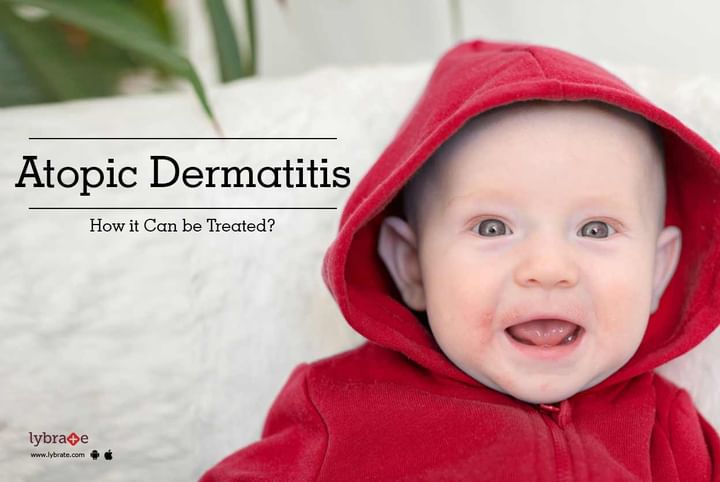Atopic Dermatitis - How it Can be Treated?
Out of many different type of skin infections people suffer from, atopic dermatitis is one that is fairly common. This condition often affects infants and young children, but may also persist into adulthood or affect adults as well. Patients suffering from this disease often see it alternate between flares and periods of remission where it may seem like the condition has cleared up completely. In many cases, children who have experienced a permanent remission from it are left with dry skin that is easily irritated.
The exact cause of this skin condition is not clear, but it is understood to be triggered by a combination of hereditary and environmental factors.
- People with highly sensitive skin have the highest risk of suffering from this condition.
- It has also been associated with a number of other atopic disorders such as asthma and seasonal allergies along with allergies to certain types of food.
Dry skin, redness and excessive itchiness are common symptoms of this condition. Other symptoms vary from person to person and their reaction to the itching. Ideally, you should not scratch your skin, if you suffer from atopic dermatitis. Scratching and rubbing the skin can worsen the condition. In some cases, this can lead to the development of thick, leathery skin while in other cases it could lead to the development of papules or raised bumps on the skin. Further scratching of these papules can make them infected and crusty.
The treatment for this skin condition depends on the patient’s age, overall health and symptoms presented. There are three main goals of treatment for atopic dermatitis; healing the skin, preventing flares and treating symptoms as they appear. Much of caring for the skin involves developing skin-care routines, identifying exacerbating factors, and avoiding circumstances that stimulate the skin's immune system and the itch-scratch cycle.
- Skin care is the first aspect of treating this condition. It is essential to keep the skin clean and follow a simple regimen.
- Avoid using multiple soaps, lotions, fragrances etc and have a lukewarm bath with a mild chlorine solution.
- Moisturize your skin immediately after your bath before drying your skin.
- Pick creams instead of serums and try to pick one that is as free of fragrances and chemicals as much as possible.
- Medication for this condition usually involves corticosteroid creams and ointments.
- Immune moderators may also be prescribed to suppress the immune system and speed up the healing process.
- Antibiotics to treat this condition may also be prescribed in pill or cream form, though the former is often found to be more effective.
- In rare cases, the patient may also need to be hospitalized for a few days. This restricts the patient’s exposure to allergens and irritants. If you wish to discuss about any specific problem, you can consult a dermatologist.



+1.svg)
